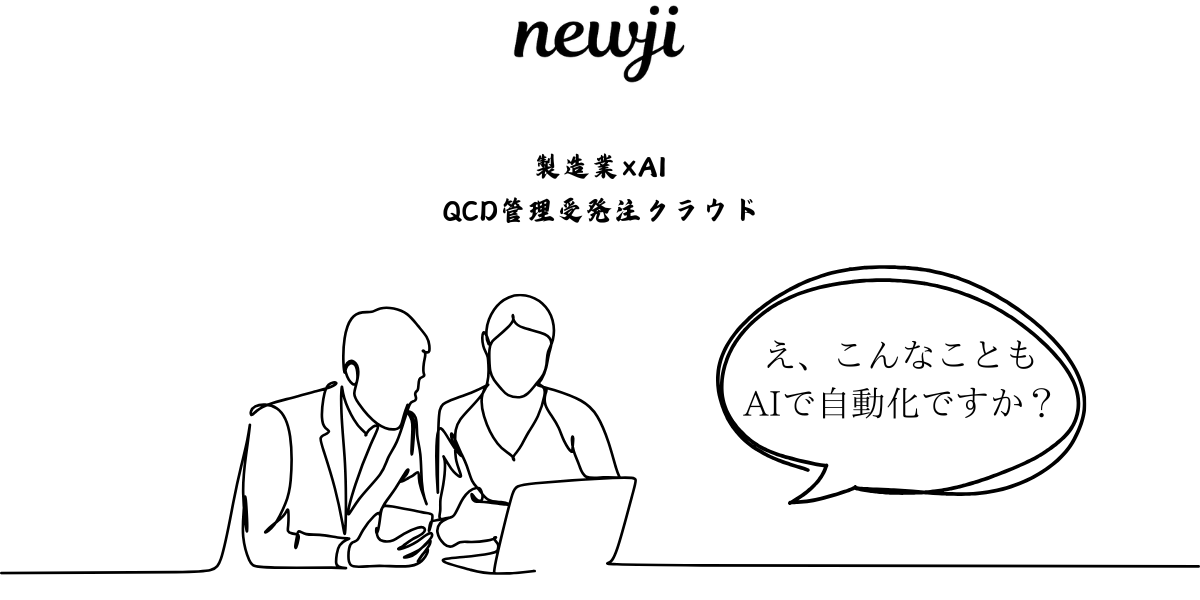- お役立ち記事
- Smart factory construction technology using IoT, its applications and key points
月間76,176名の
製造業ご担当者様が閲覧しています*
*2025年3月31日現在のGoogle Analyticsのデータより

Smart factory construction technology using IoT, its applications and key points

Understanding Smart Factories
The emergence of smart factories has revolutionized the manufacturing industry by integrating advanced technologies and innovative solutions.
Smart factories leverage the Internet of Things (IoT), allowing machines, processes, and systems to communicate and collaborate seamlessly.
This interconnected environment enhances efficiency, productivity, and adaptability, creating a dynamic manufacturing ecosystem.
The Role of IoT in Smart Factories
IoT is the backbone of smart factories, enabling real-time data collection and analysis across the entire manufacturing process.
Sensors and devices embedded in machinery gather critical information, such as temperature, humidity, pressure, and operational status.
This data is then transmitted to centralized systems, where it is processed and analyzed to optimize production.
With IoT, manufacturers can achieve predictive maintenance, reducing downtime and minimizing unexpected equipment failures.
Real-time monitoring allows for quick detection of anomalies, providing insights into areas that require immediate attention.
Applications of Smart Factories
Smart factories provide transformative applications across various aspects of the manufacturing process.
1. Enhanced Production Efficiency
With IoT, production lines can adapt to changes promptly, ensuring optimal performance and minimizing wastage.
Automation and real-time data help in adjusting processes based on demand and production schedules, leading to improved resource utilization.
2. Quality Control and Assurance
Integrating IoT in manufacturing allows for real-time quality checks.
Sensors can detect deviations from predefined standards and trigger immediate adjustments, ensuring high-quality output.
This approach reduces the chances of defects and maintains consistent product quality.
3. Energy Management
Smart factories optimize energy consumption by monitoring energy usage patterns.
They can automatically adjust machinery operations during peak and off-peak periods to save costs and reduce environmental impact.
This efficient energy management contributes to sustainable manufacturing practices.
4. Supply Chain Optimization
The availability of real-time data enables better coordination with suppliers and logistics providers.
Manufacturers can predict inventory needs more accurately and establish efficient supply chain practices.
This, in turn, minimizes lead times and ensures a smooth manufacturing process.
Key Points for Building a Smart Factory
Constructing a smart factory requires strategic planning and a systematic approach.
1. Define Objectives and Goals
Clearly outline the primary objectives your smart factory aims to achieve, such as improved efficiency, enhanced quality, or reduced energy consumption.
Understanding these goals will guide your IoT integration process.
2. Assess Current Capabilities
Conduct a thorough assessment of your existing systems and capabilities.
Identify areas that can benefit from IoT integration and determine the feasibility of incorporating smart technologies.
3. Choose the Right Technology
Select IoT devices and platforms that align with your factory’s needs.
Consider factors such as compatibility, scalability, security, and data processing capabilities when choosing technology solutions.
4. Invest in Robust Infrastructure
A reliable network infrastructure is essential for effective IoT implementation.
Ensure your factory is equipped with high-speed internet and secure wireless networks to support seamless communication between devices.
5. Implement Data Management Strategies
Efficiently manage the large volumes of data generated by IoT devices.
Implement data storage solutions that offer scalability and backup options to safeguard critical information.
6. Prioritize Security Measures
With increased connectivity, security becomes paramount.
Implement cybersecurity measures to protect sensitive data and prevent unauthorized access to your systems.
Conclusion
Smart factory construction technology, powered by IoT, offers remarkable opportunities to transform traditional manufacturing processes.
By leveraging its applications in production efficiency, quality control, energy management, and supply chain optimization, manufacturers can achieve significant advancements.
However, careful planning, the right technology choice, robust infrastructure, and stringent security measures are key to successfully building a smart factory.
Embracing this technology-driven approach ensures competitiveness, sustainability, and resilience in today’s dynamic manufacturing landscape.
 資料ダウンロード
資料ダウンロード
QCD管理受発注クラウド「newji」は、受発注部門で必要なQCD管理全てを備えた、現場特化型兼クラウド型の今世紀最高の受発注管理システムとなります。
 ユーザー登録
ユーザー登録
受発注業務の効率化だけでなく、システムを導入することで、コスト削減や製品・資材のステータス可視化のほか、属人化していた受発注情報の共有化による内部不正防止や統制にも役立ちます。
 NEWJI DX
NEWJI DX
製造業に特化したデジタルトランスフォーメーション(DX)の実現を目指す請負開発型のコンサルティングサービスです。AI、iPaaS、および先端の技術を駆使して、製造プロセスの効率化、業務効率化、チームワーク強化、コスト削減、品質向上を実現します。このサービスは、製造業の課題を深く理解し、それに対する最適なデジタルソリューションを提供することで、企業が持続的な成長とイノベーションを達成できるようサポートします。
 製造業ニュース解説
製造業ニュース解説
製造業、主に購買・調達部門にお勤めの方々に向けた情報を配信しております。
新任の方やベテランの方、管理職を対象とした幅広いコンテンツをご用意しております。
 お問い合わせ
お問い合わせ
コストダウンが利益に直結する術だと理解していても、なかなか前に進めることができない状況。そんな時は、newjiのコストダウン自動化機能で大きく利益貢献しよう!
(β版非公開)









